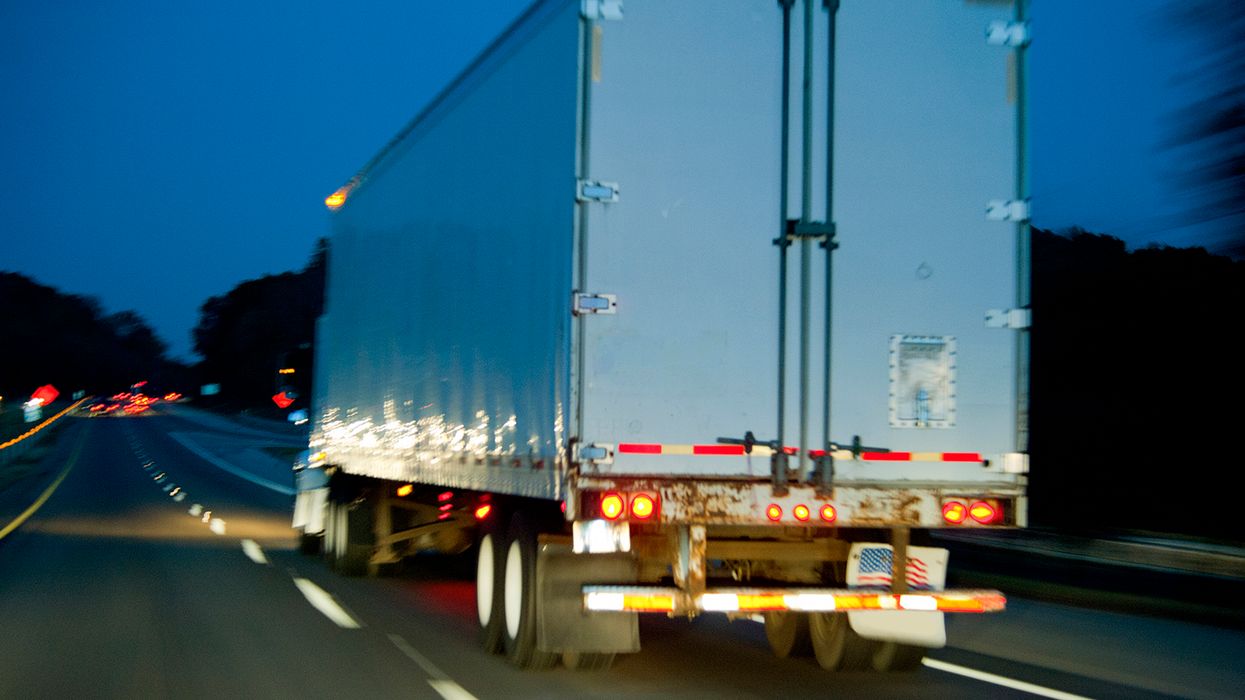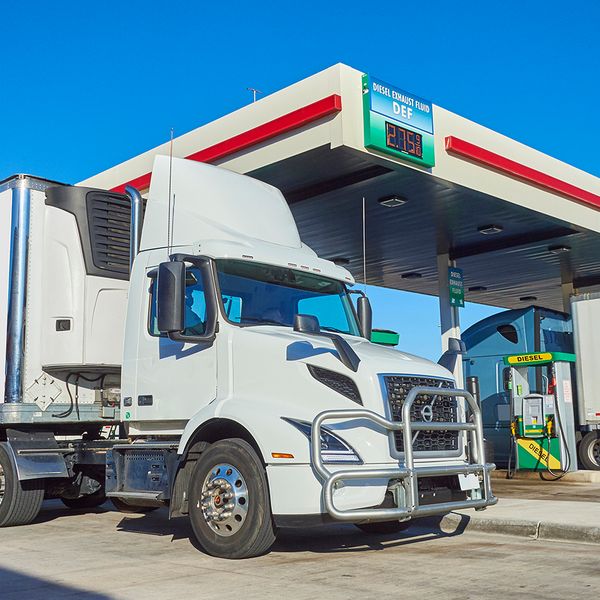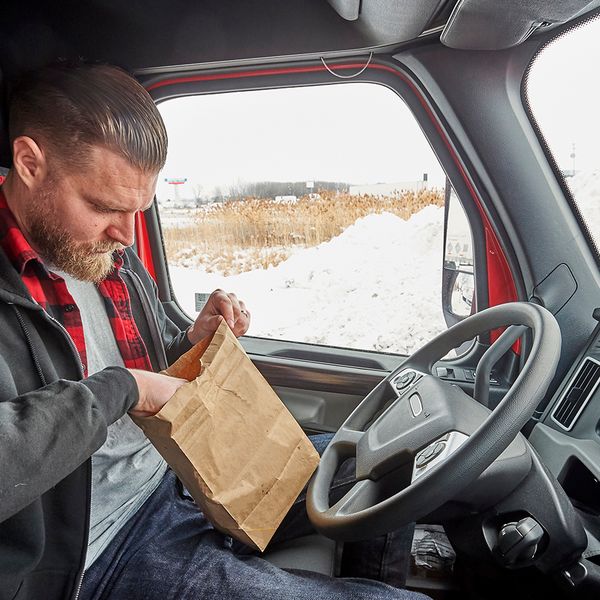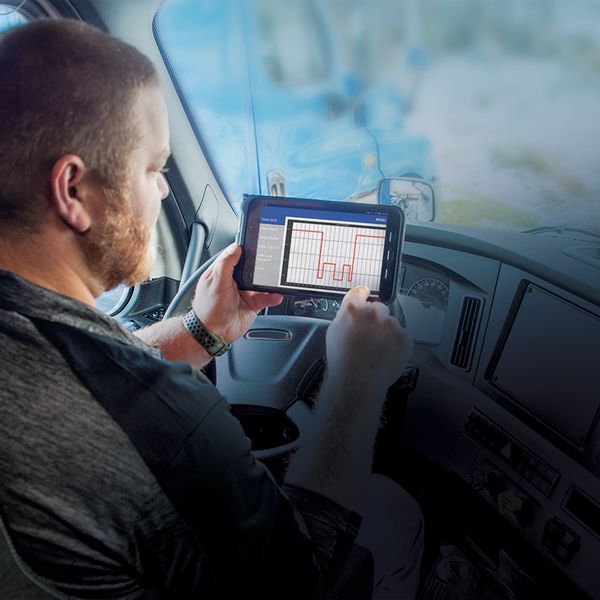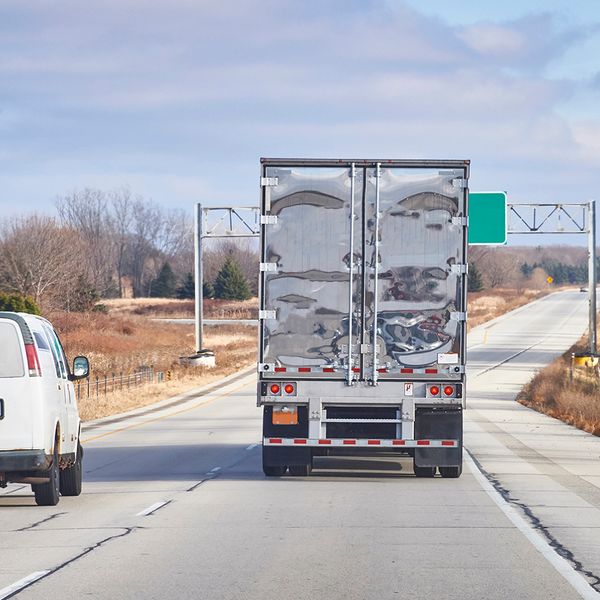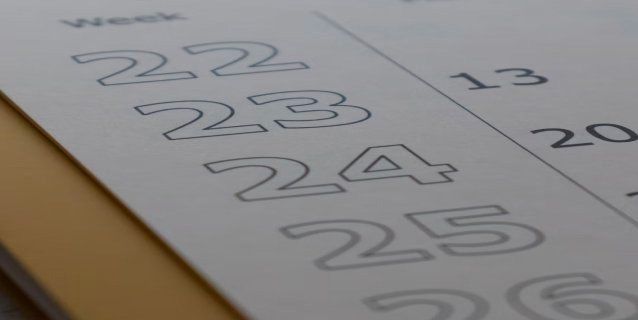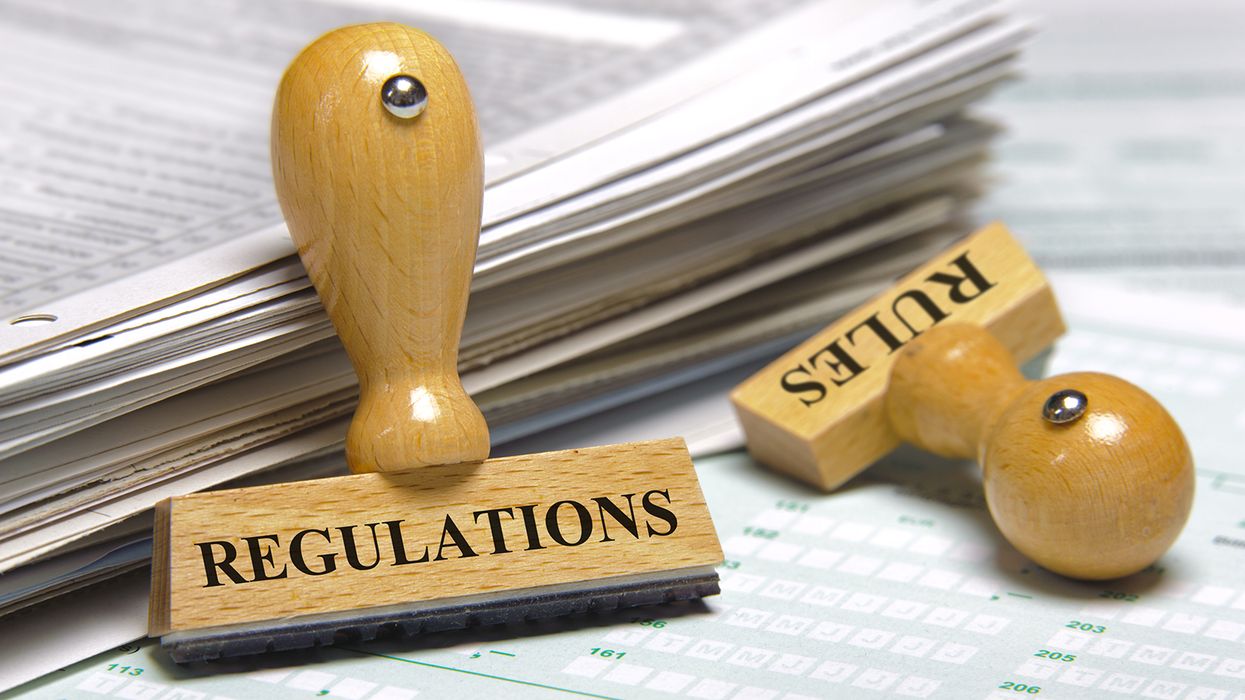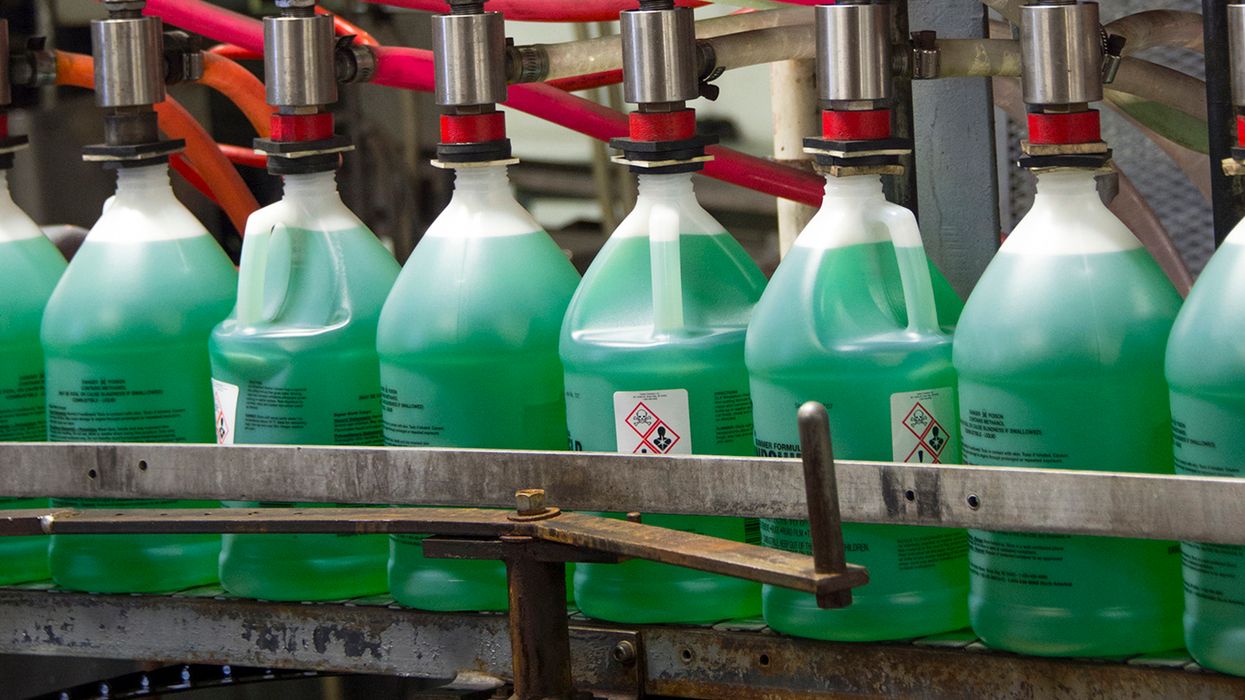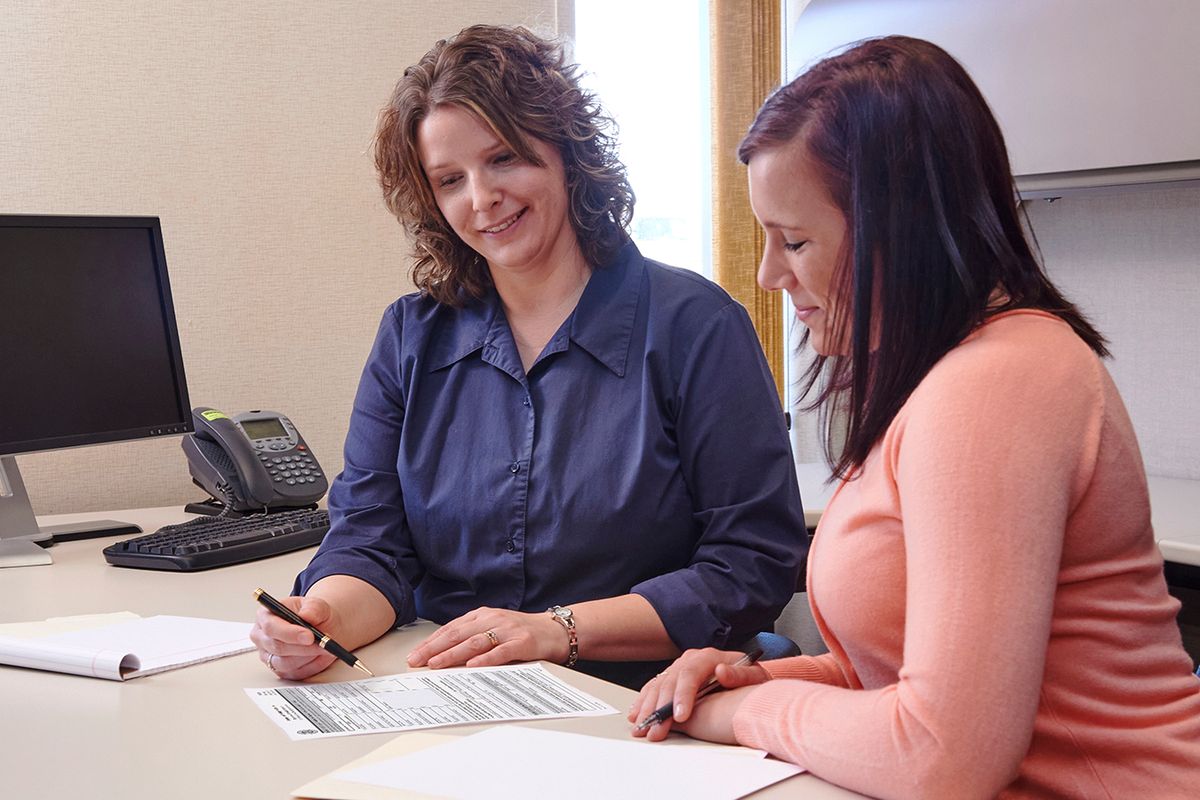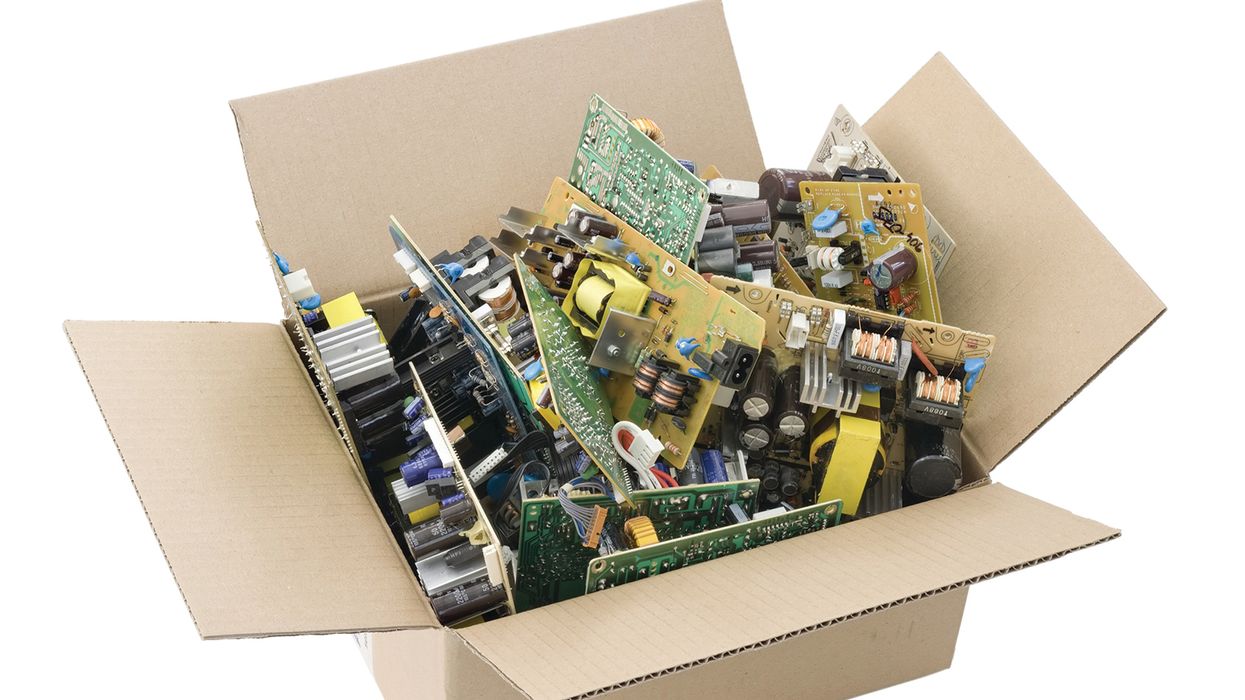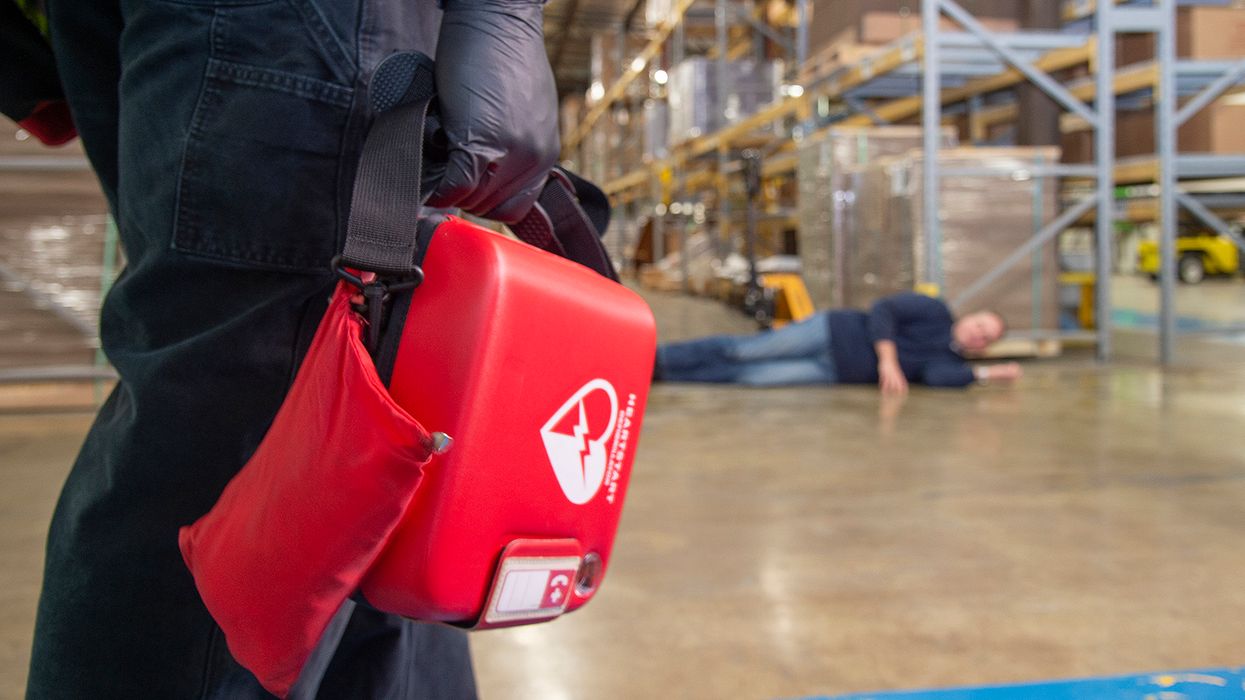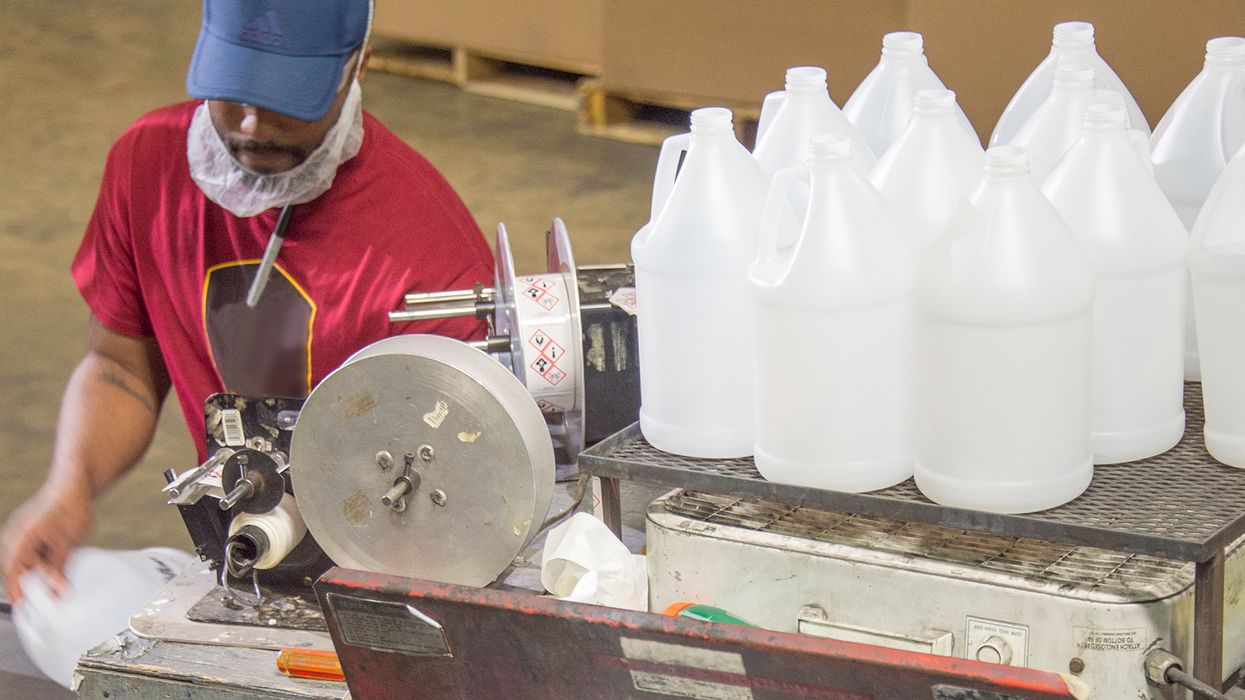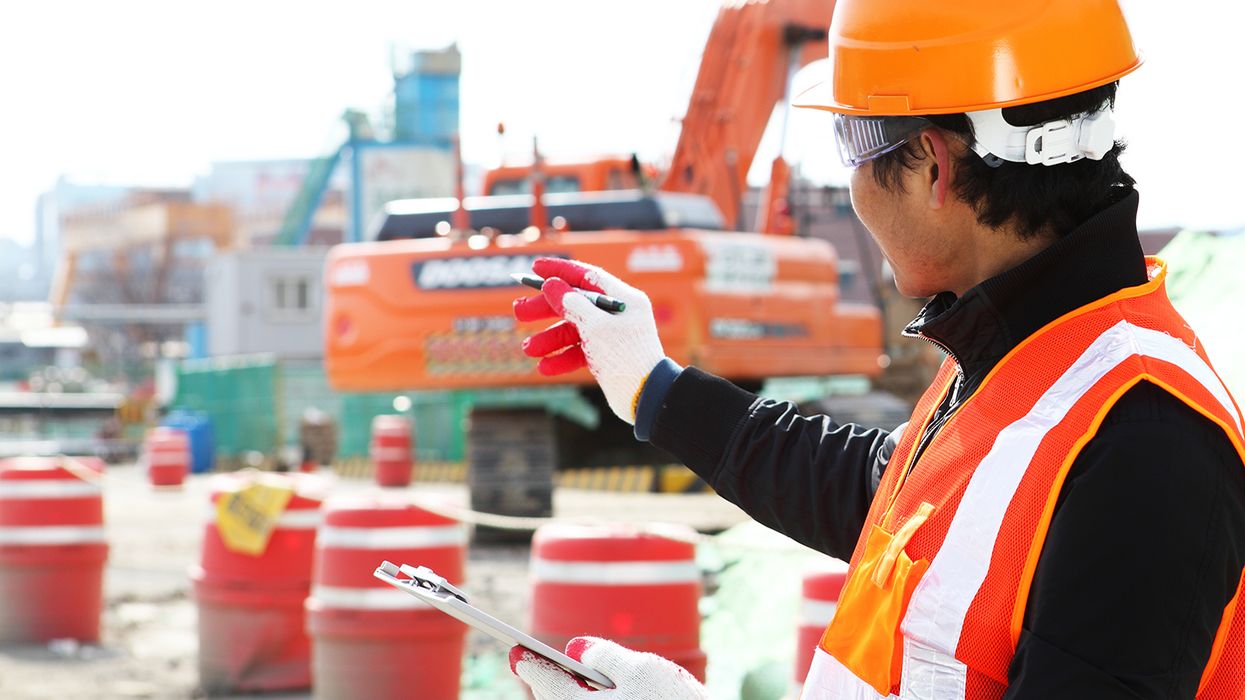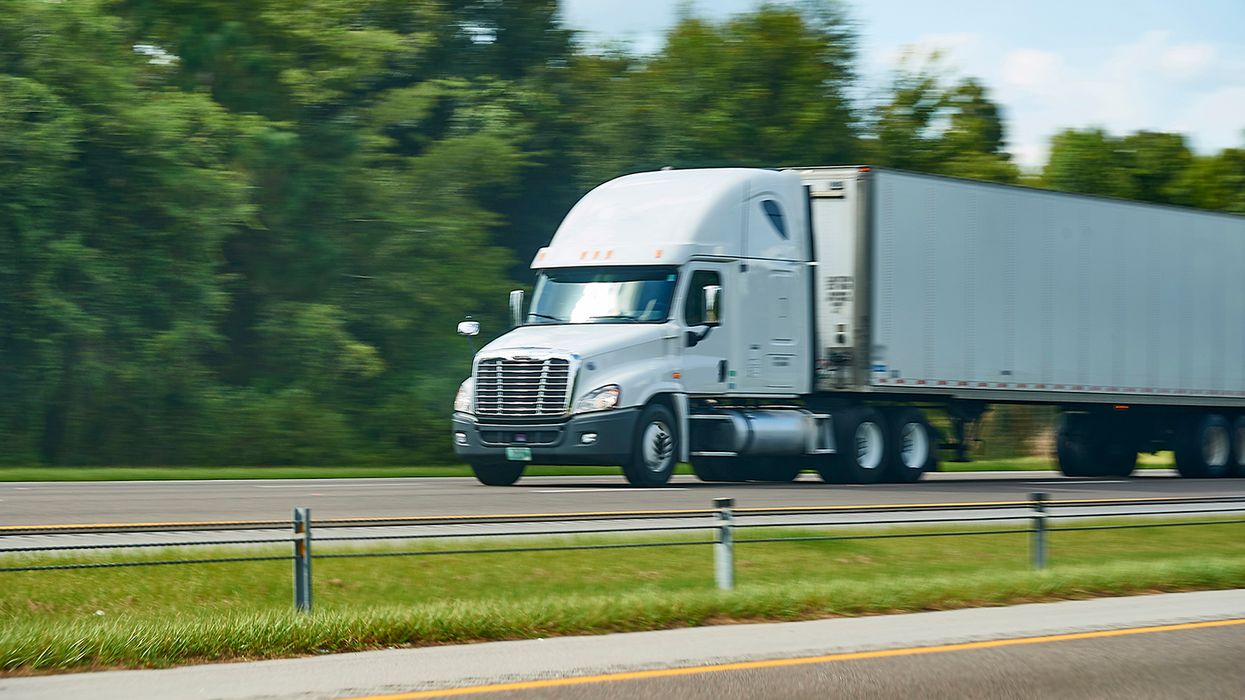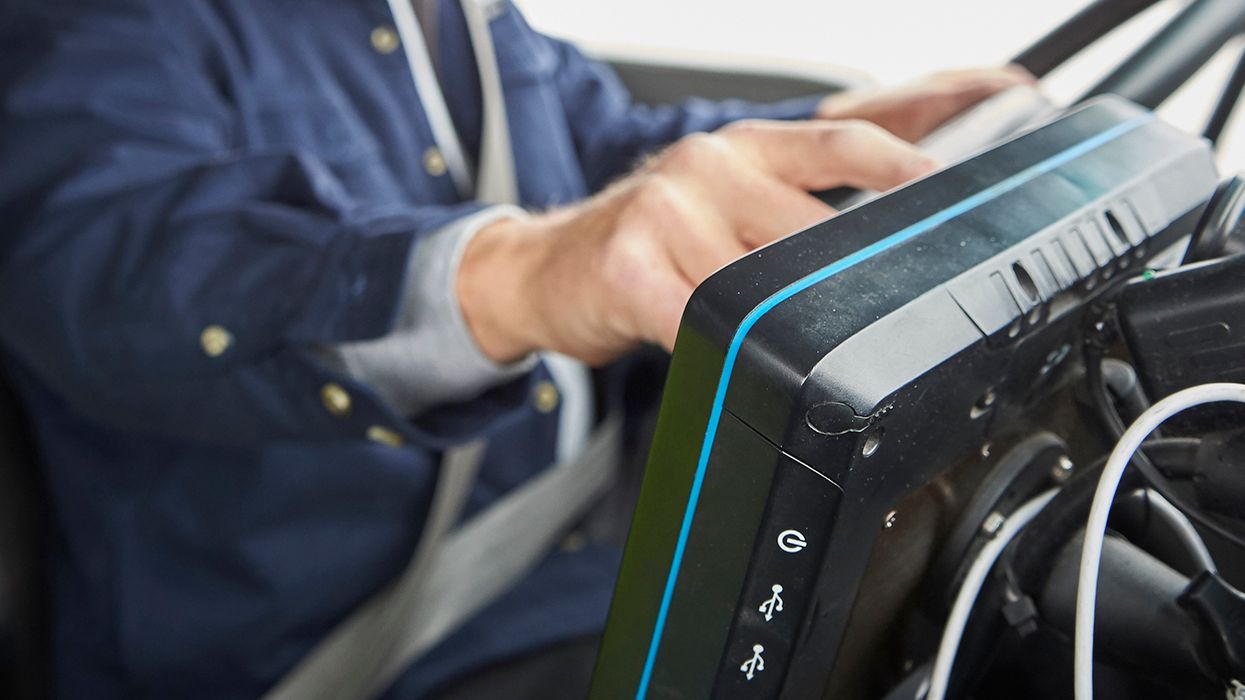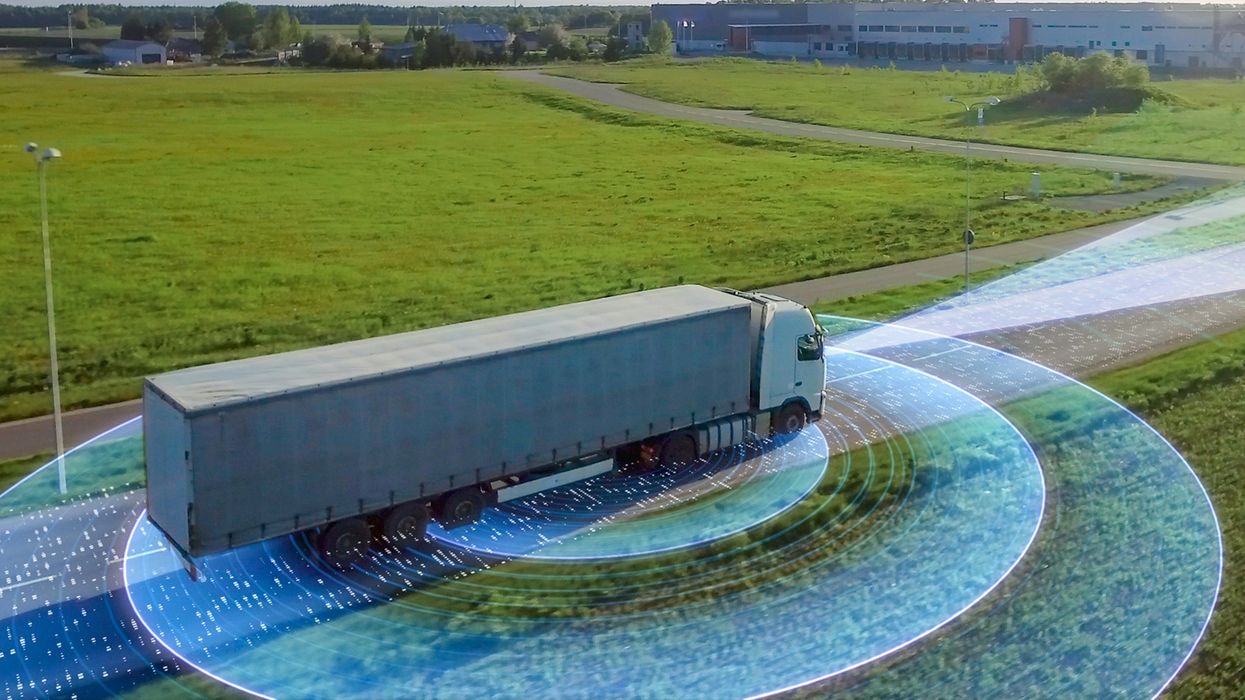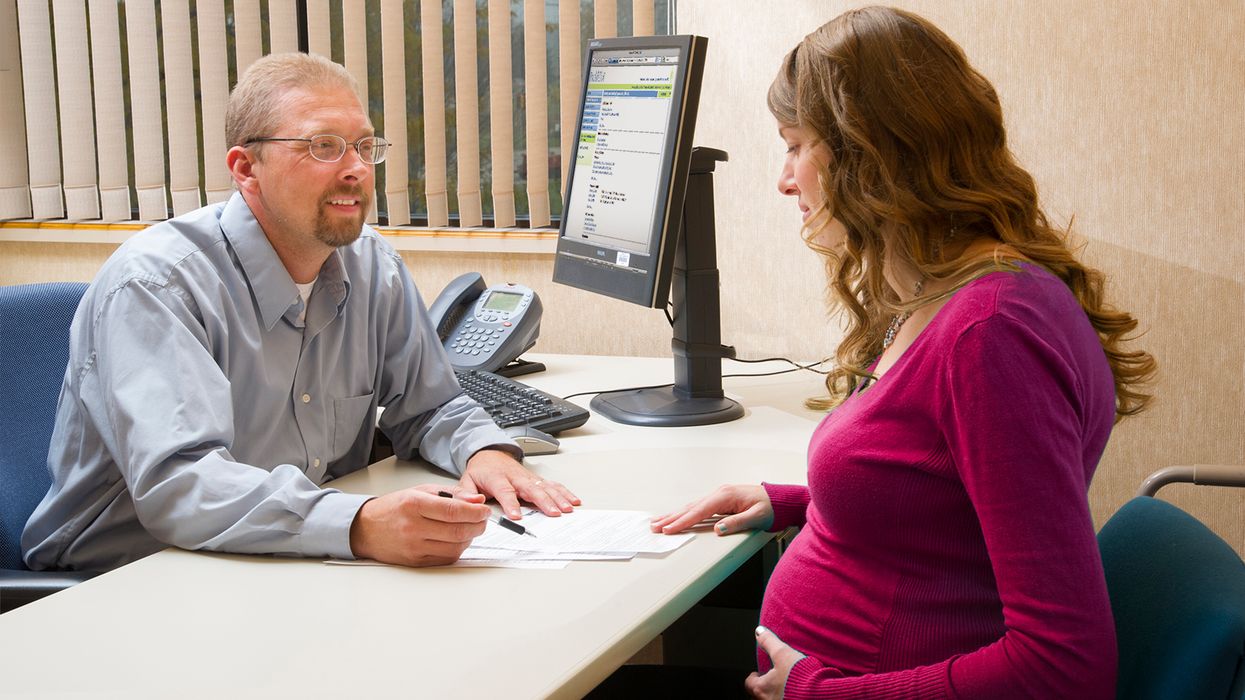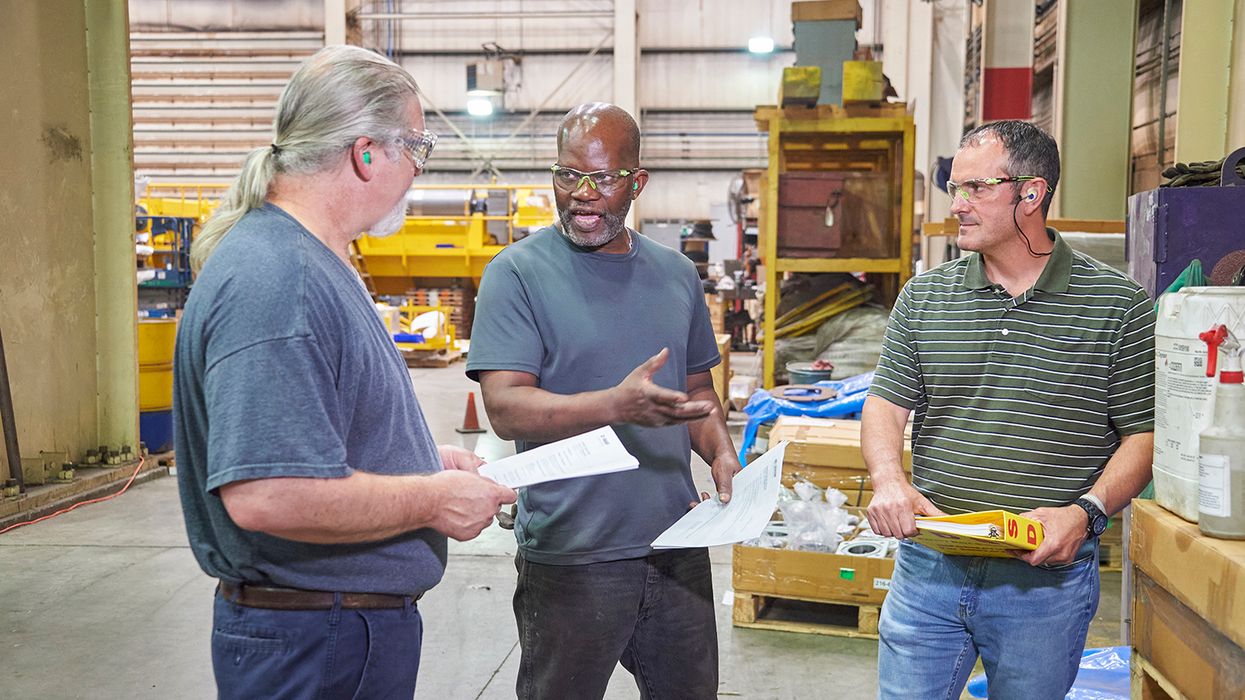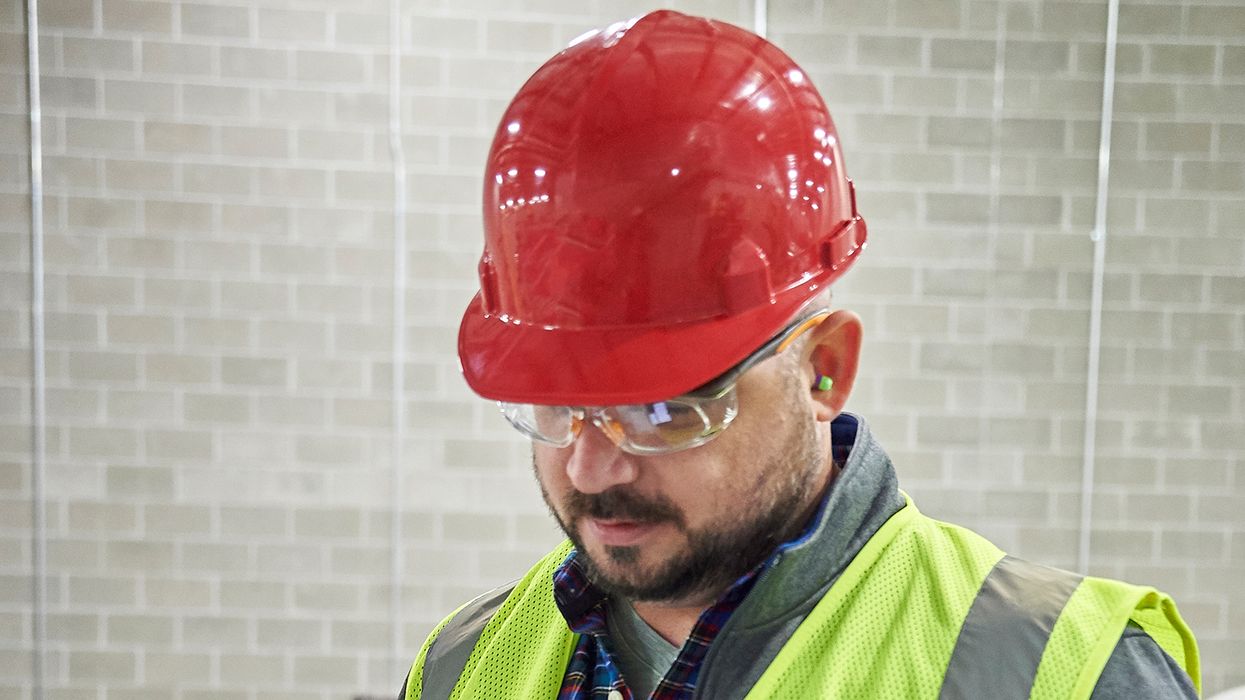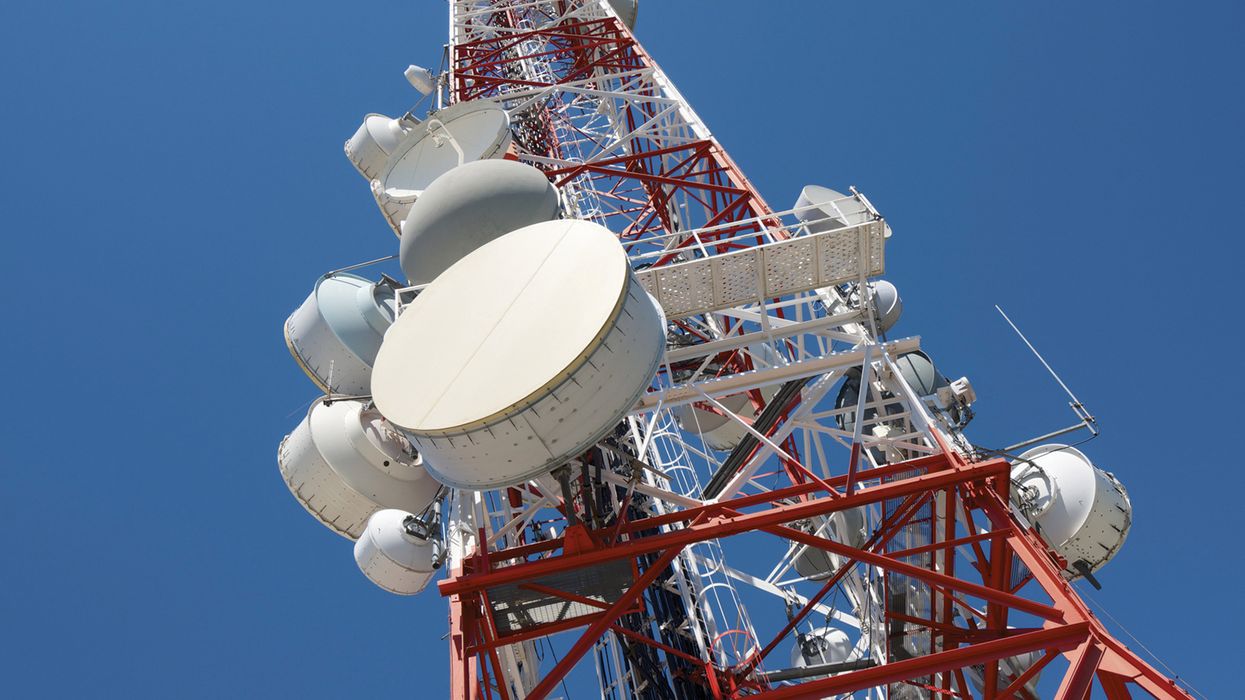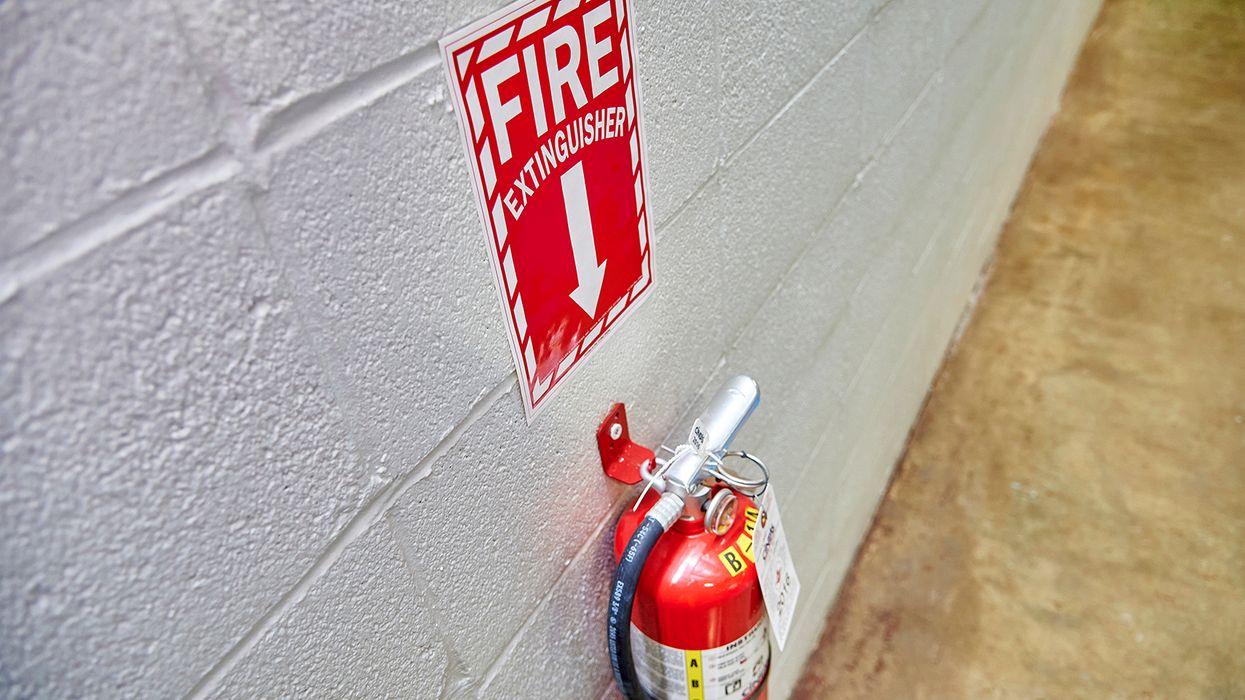Staying compliant: A driver’s guide to personal conveyance
Personal conveyance (PC) continues to be one of the most misunderstood and misused hours-of-service exceptions in the industry. Data collected during over 41,000 roadside inspections revealed that as many as 38% of drivers using the PC exception use it improperly.
What is personal conveyance?
The personal conveyance exception allows a driver to use a CMV for personal reasons while off duty, essentially using a CMV for errands or travel. This would be something they would typically do with their personal vehicle, if it were available. When considering whether PC is appropriate for the movement of the vehicle, a driver must consider these four requirements. If the move does not meet all four requirements, it is not PC.
- Does the carrier have a policy authorizing PC?
- Is the driver legitimately off duty during the move?
- Is the destination purely personal?
- Is there any benefit to the carrier? This includes ending up in a better position as far as the current or next assignment.
When a driver is confident the move meets all four requirements, the driver can use PC for the move.
Proper use of personal conveyance
Drivers who are permitted to use PC must be relieved from duty before they can use this exception. Examples of proper usage are:
- Traveling from a truck stop to a restaurant or hotel.
- Commuting between home and the driver’s terminal.
- Driving to the nearest safe place to rest after loading or unloading.
There are many other examples of proper use. Each move should be assessed on a case-by-case basis.
Prohibited use of personal conveyance
Examples of movements that would not qualify as PC are:
- Bypassing an available rest location to get closer to a delivery or pick-up location.
- Time spent transporting a CMV to a maintenance facility.
- Time spent traveling to a carrier’s terminal after loading or unloading.
Common questions
Many drivers find themselves non-compliant because they do not fully understand these requirements. Below are some common questions.
- Can a driver stop at a restaurant for dinner and log off duty for the day, eat dinner, and drive to the truck stop at the same exit using PC?
- Because the driver intends to end the workday at the truck stop, the driver cannot use PC to get there. The driver would be in compliance if they had gone to the truck stop, logged off duty, then used PC to travel to and from dinner.
- If a load is not available for a driver, can they use PC to travel several hundred miles home?
- While there is no time or mileage limit on PC at this time, a driver cannot use PC to place the truck or driver in a better position for the next load. Most carriers would load a driver as close as possible to the current location. Since it is not likely that the driver would return to the location the PC began for the next load, PC is usually not appropriate for this move.
- Can a driver use PC to go to a store to get food and other personal items?
- A driver is permitted to use a CMV to go anywhere they would go in a personal vehicle, as long as the move is strictly personal. The driver cannot be purchasing items for the carrier and must not move the CMV closer to the next pick up or delivery, unless they return to the starting location at the end of the personal move.
Key to remember: PC is a tool a driver can use to complete personal tasks, but care should be taken to ensure the move is purely personal to avoid fines and penalties.

